Home>Interior Design>How To Create Emphasis In Interior Design: 6 Tips To Learn
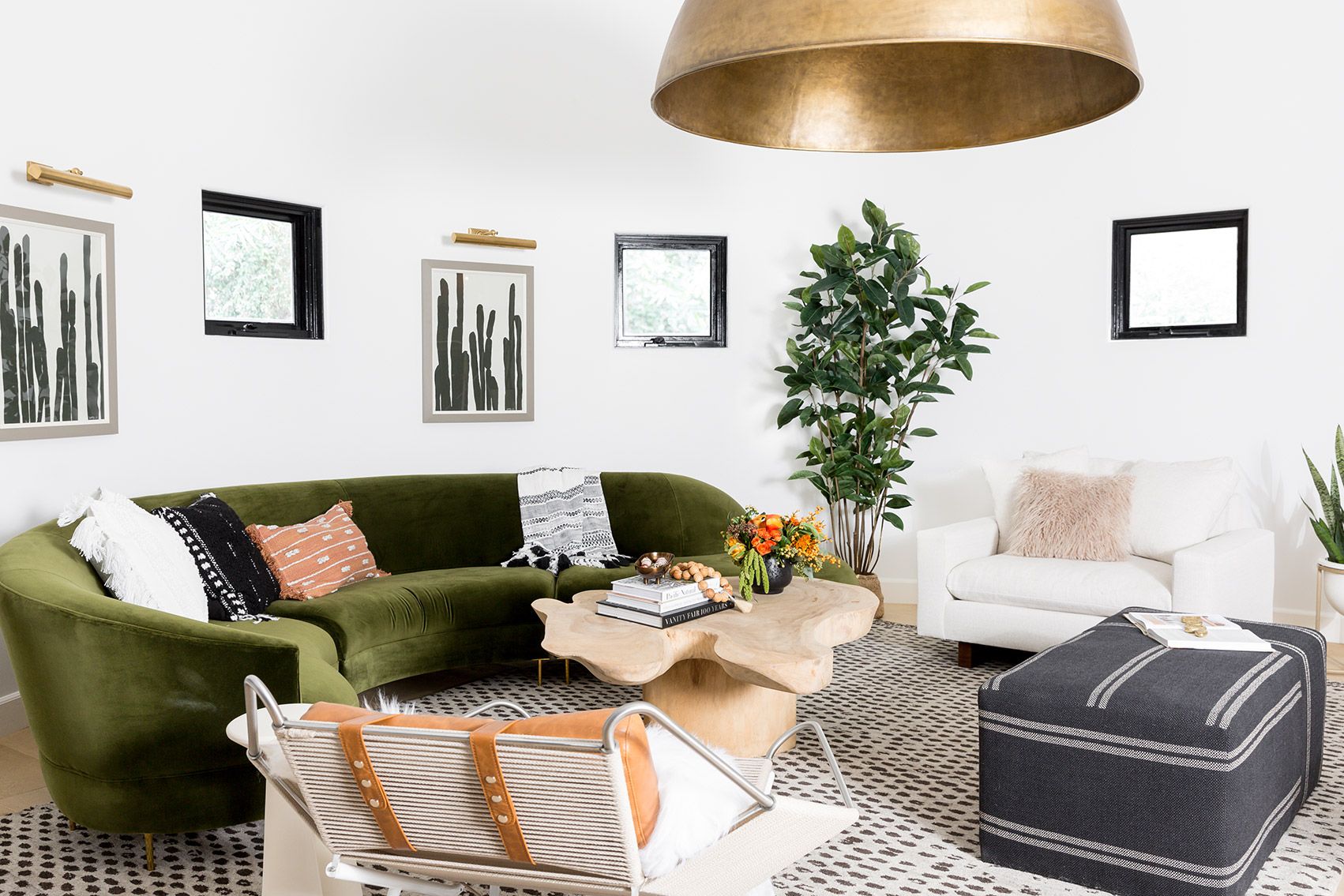

Interior Design
How To Create Emphasis In Interior Design: 6 Tips To Learn
Modified: January 19, 2024
Discover 6 expert tips on creating emphasis in interior design to enhance your space. Learn how to master the art of interior design and make a lasting impression.
(Many of the links in this article redirect to a specific reviewed product. Your purchase of these products through affiliate links helps to generate commission for Storables.com, at no extra cost. Learn more)
Introduction
When it comes to interior design, creating emphasis is crucial to adding visual interest and making a space truly captivating. Emphasis helps to highlight key elements, draw attention to focal points, and create a harmonious balance within a room. It can elevate the overall aesthetic and make a significant impact on the ambiance of a space.
In this article, we will explore six essential tips to help you create emphasis in interior design. From the strategic use of color and texture to the careful placement of lighting and the consideration of scale and proportion, we will delve into the various techniques that professionals use to achieve a visually stunning result. So, whether you are a homeowner looking to revamp your space or an interior designer seeking inspiration, these tips will help you take your design skills to the next level.
So, let’s dive in and unravel the secrets to creating emphasis in interior design!
Key Takeaways:
- Emphasis in interior design is achieved through color, texture, lighting, scale, contrast, and focal points. These elements create visual interest, draw attention, and elevate the overall aesthetic of a space.
- Strategic use of color, texture, and lighting, along with thoughtful consideration of scale, contrast, and focal points, can transform an ordinary space into an extraordinary one. Emphasizing key elements is the secret to captivating interior design.
Read more: How To Learn About Interior Design
Tip 1: Color
Color is one of the most powerful tools in interior design when it comes to creating emphasis. The careful selection and use of color can evoke certain emotions and set the overall tone of a space. Here are a few ways you can use color to create emphasis:
- Accent Wall: Painting one wall in a bold or contrasting color can instantly create a focal point in a room. This draws the eye and adds visual interest to the space.
- Color Blocking: Using contrasting colors in a deliberate and intentional manner can create emphasis and highlight specific areas or elements within a room. For example, pairing a vibrant hue with a neutral color can create a visually striking effect.
- Color Pop: Adding small pops of vibrant color to an otherwise neutral space can serve as a focal point and draw attention to specific elements or objects.
Remember to consider the psychology of color when selecting hues. Warm colors like red, orange, and yellow can create a sense of energy and excitement, while cool colors like blue and green can evoke calmness and serenity.
When using color to create emphasis, it is important to maintain a sense of balance and harmony. Too many bold or contrasting colors can result in a chaotic and overwhelming space. Aim for a cohesive color palette that complements the overall aesthetic and enhances the focal points you want to emphasize.
Tip 2: Texture
Texture is a powerful tool in interior design that can add depth, visual interest, and create emphasis within a space. It refers to the tactile quality of surfaces and materials used in a room. Here are some ways to use texture to create emphasis:
- Contrasting Textures: Pairing different textures in a deliberate and thoughtful way can create a sense of contrast and make certain elements stand out. For example, combining smooth surfaces with rough textures or sleek materials with cozy fabrics can create a visually striking effect.
- Statement Pieces: Incorporating furniture or decorative pieces with unique textures can serve as focal points and draw attention. This can include textured wall art, a statement rug, or a distinctive textured accent chair.
- Materials Selection: Choosing materials with interesting textures, such as exposed brick, stone, or reclaimed wood, can add character and emphasis to a space. Additionally, incorporating textured wallpapers or textured paint finishes can create visual intrigue.
When using texture to create emphasis, it is important to strike a balance and maintain a cohesive visual language. Aim for a mix of textures that complement each other while still adding interest and emphasis to the overall design. Too many conflicting textures can result in a chaotic and overwhelming space.
Remember that texture is not limited to just visual appeal; it also adds a tactile dimension to a room. Incorporating textures that are pleasing to touch can create a sensory experience and further enhance the emphasis on specific elements within a space.
By carefully considering texture in your interior design, you can create a visually captivating and engaging space that is full of depth and emphasis.
Tip 3: Lighting
Lighting plays a crucial role in interior design and can significantly influence the emphasis placed on different elements within a space. Here are some tips to effectively use lighting to create emphasis:
- Highlighting Focal Points: Use focused lighting, such as track lighting or spotlights, to draw attention to specific areas or objects that you want to emphasize. This can include artwork, architectural details, or statement furniture.
- Layered Lighting: Employ a combination of ambient, task, and accent lighting to create depth and dimension in a room. This not only enhances the visual appeal but also allows for the flexibility to emphasize different areas depending on the desired mood or functionality of the space.
- Play with Shadows: Strategic lighting placement can create interesting shadows, adding a sense of drama and emphasis to certain elements in the room. Experiment with different lighting angles and fixtures to achieve the desired effect.
Additionally, consider the natural light available in the space. Properly utilizing natural light can create a vibrant and inviting atmosphere, bringing attention to specific areas and enhancing the overall emphasis of the room.
It is important to keep in mind the color temperature of lighting as well. Warm lighting, such as incandescent or warm LED bulbs, can create a cozy and intimate setting, while cooler lighting, like daylight or cool LED bulbs, can create a bright and energetic ambiance. Choose lighting options that align with the desired mood and emphasis of the space.
By utilizing lighting effectively, you can highlight key elements, set the desired mood, and create a visually stunning space that commands attention.
Use contrasting colors or textures to create emphasis in a room. For example, pair a bold, colorful rug with neutral furniture to make it the focal point of the space.
Tip 4: Scale and Proportion
Scale and proportion play a crucial role in creating emphasis and visual harmony in interior design. They refer to the size and relationship of objects within a space. Here are some tips to effectively use scale and proportion to create emphasis:
- Focal Point: Select a key element or feature in the room to serve as the focal point. This could be a large piece of furniture, an architectural detail, or even a statement artwork. Ensure that this focal point is appropriately scaled to command attention and create emphasis.
- Contrast: Create emphasis by juxtaposing objects of varying scales. For example, placing a small delicate vase next to a large bold sculpture can create visual interest and make both objects stand out.
- Proportionate Furniture: Consider the scale and proportion of furniture in relation to the size of the room. Oversized furniture in a small space can overwhelm, while undersized furniture can appear insignificant. Choose furniture that fits harmoniously within the space to create balanced emphasis.
It is important to strike a balance between creating emphasis and maintaining overall visual harmony. Too many elements of varying scales can result in a chaotic and unbalanced space. Aim for a cohesive design where the emphasis is placed on key elements that enhance the overall aesthetic.
By carefully considering scale and proportion in your interior design, you can create emphasis on specific elements, add visual interest, and ensure a balanced and harmonious space.
Tip 5: Contrast
Contrast is a powerful tool in interior design that can create emphasis by highlighting the differences between elements within a space. It adds visual interest and draws attention to specific areas or objects. Here are some ways to effectively use contrast to create emphasis:
- Color Contrast: Use contrasting colors to create emphasis. Pairing light colors with dark colors or bold, vibrant hues with neutral tones can create a visually striking effect. For example, a white sofa against a dark accent wall or a bold red rug in a predominantly neutral room can create a focal point and draw attention.
- Material Contrast: Combine different materials with contrasting textures to create emphasis. For instance, pairing smooth, glossy surfaces with rough, textured materials or combining shiny metallic finishes with matte surfaces can create a visually appealing contrast.
- Style Contrast: Introduce elements of different design styles to create emphasis. This can be achieved by incorporating a few pieces of furniture or decorative objects that stand out from the overall design aesthetic. For example, placing a sleek, modern chair in a traditional room can add emphasis and create a sense of intrigue.
When using contrast to create emphasis, it is important to strike a balance and ensure that the contrasting elements complement each other and the overall design. Too much contrast can result in a disjointed or overwhelming space.
By strategically incorporating contrast in your interior design, you can create emphasis, add visual intrigue, and make certain elements stand out in a captivating way.
Tip 6: Focal Point
A focal point is a key element in interior design that captures attention and serves as the main point of emphasis within a space. It acts as the visual anchor and sets the tone for the overall design. Here are some tips to create a compelling focal point:
- Architectural Features: Highlight existing architectural features, such as a fireplace, exposed brick wall, or large windows, as the focal point. These elements naturally draw attention and can be enhanced through strategic design and lighting.
- Artwork or Statement Piece: Hang a striking piece of artwork, a vibrant tapestry, or a large statement mirror on a prominent wall to instantly create a focal point. Make sure the size and placement of the piece are proportional to the wall and the surrounding elements.
- Unique Furniture or Decor: Incorporate a standout piece of furniture, such as a bold-colored sofa, an ornate coffee table, or a unique lighting fixture, to serve as the focal point and draw attention. This piece should contrast with the surrounding elements and command attention.
Additionally, you can enhance the focal point by using complementary design techniques like color, texture, lighting, and scale. For example, using accent lighting to highlight a piece of artwork or adding contrasting textures around the focal point can further emphasize its importance.
It is important to note that a space should typically have only one primary focal point to maintain visual clarity and avoid overwhelming the eye. However, secondary focal points can also be incorporated to create a layered sense of emphasis.
By thoughtfully choosing and enhancing a focal point, you can create a strong sense of emphasis, add visual intrigue, and set the overall aesthetic tone for the space.
Conclusion
Creating emphasis in interior design is a skill that can elevate the aesthetic appeal of any space. By utilizing the tips mentioned in this article, you can strategically draw attention to certain elements, highlight focal points, and create a visually captivating environment.
Remember, color selection is key to creating emphasis. Use contrasting colors and color blocking techniques to make certain areas or objects stand out. Texture adds depth and tactile interest, so mix and match textures to create visual intrigue. Lighting plays a pivotal role in emphasizing focal points, so employ a combination of layered lighting techniques to highlight key areas in the room. Scale and proportion ensure that elements are appropriately sized and balanced within the space, while contrast creates visual interest by juxtaposing different elements or styles. Finally, creating a strong focal point serves as a visual anchor and sets the tone for the entire design.
By carefully considering these tips and incorporating them into your interior design projects, you can create spaces that are visually stunning, well-balanced, and captivate the attention of anyone who enters. Emphasis is the secret ingredient to transforming a space from ordinary to extraordinary.
So, whether you are tackling a home renovation or working as an interior designer, embrace these techniques, experiment with creativity, and let your design skills shine. Happy designing!
Frequently Asked Questions about How To Create Emphasis In Interior Design: 6 Tips To Learn
Was this page helpful?
At Storables.com, we guarantee accurate and reliable information. Our content, validated by Expert Board Contributors, is crafted following stringent Editorial Policies. We're committed to providing you with well-researched, expert-backed insights for all your informational needs.
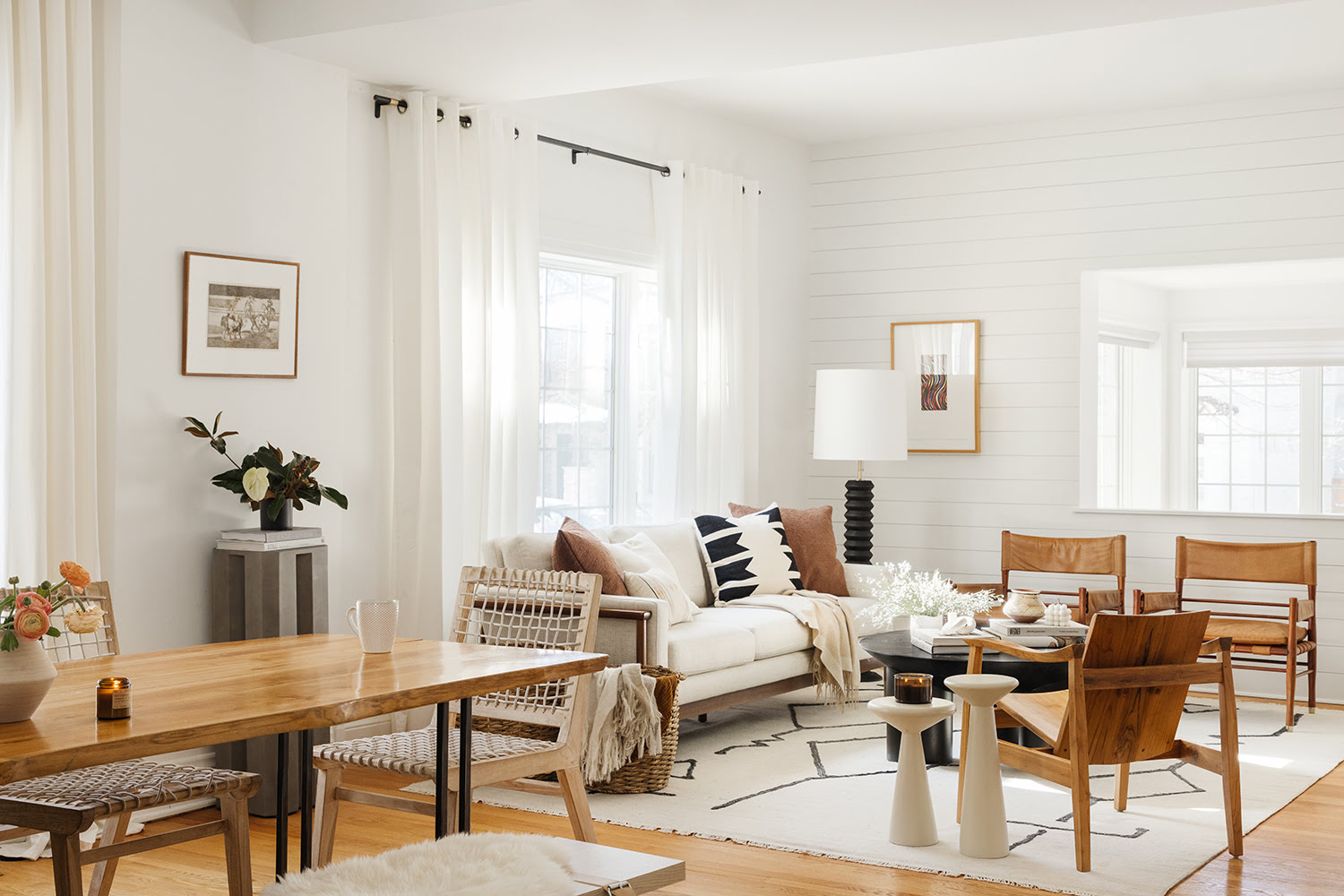
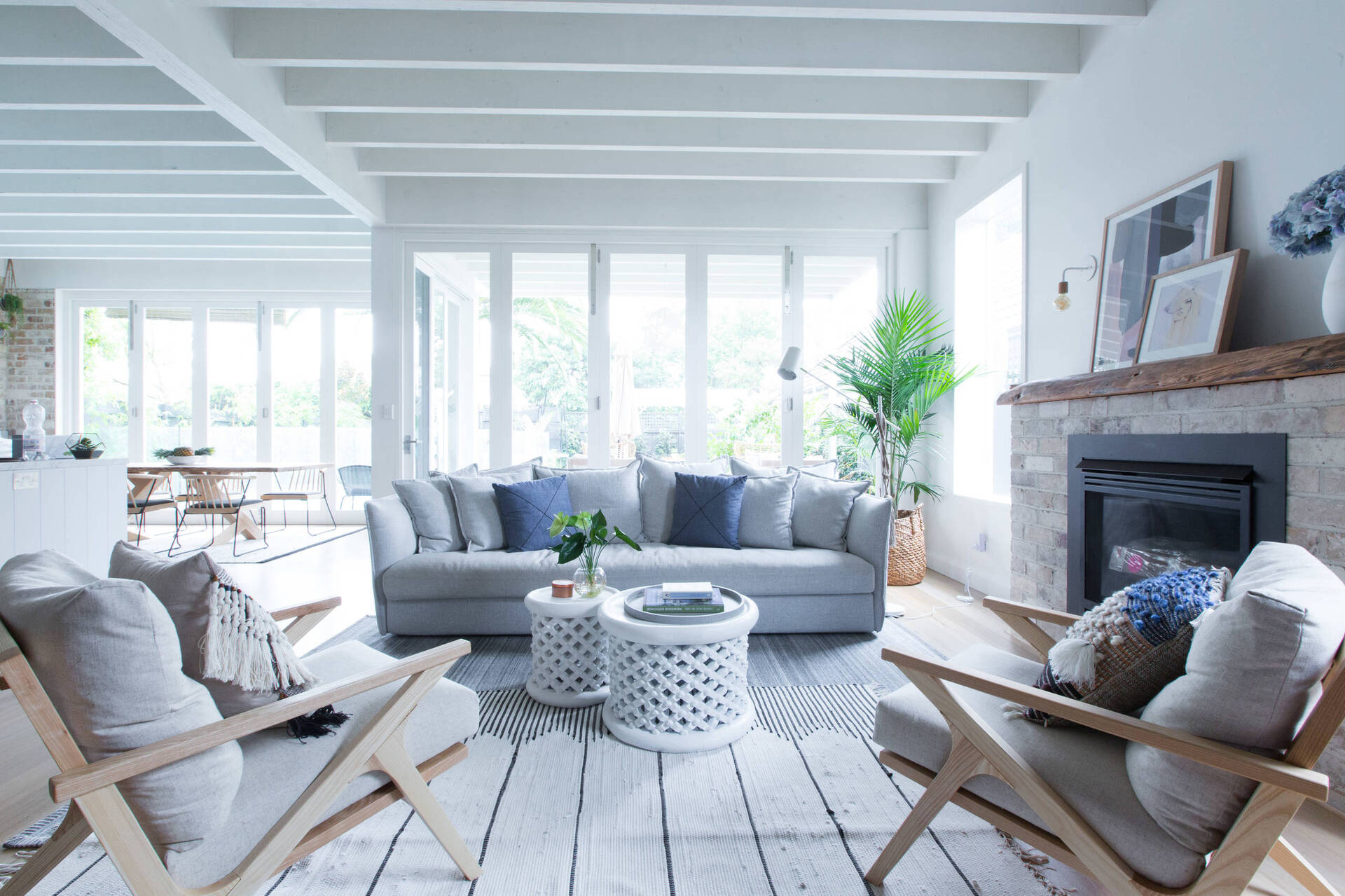
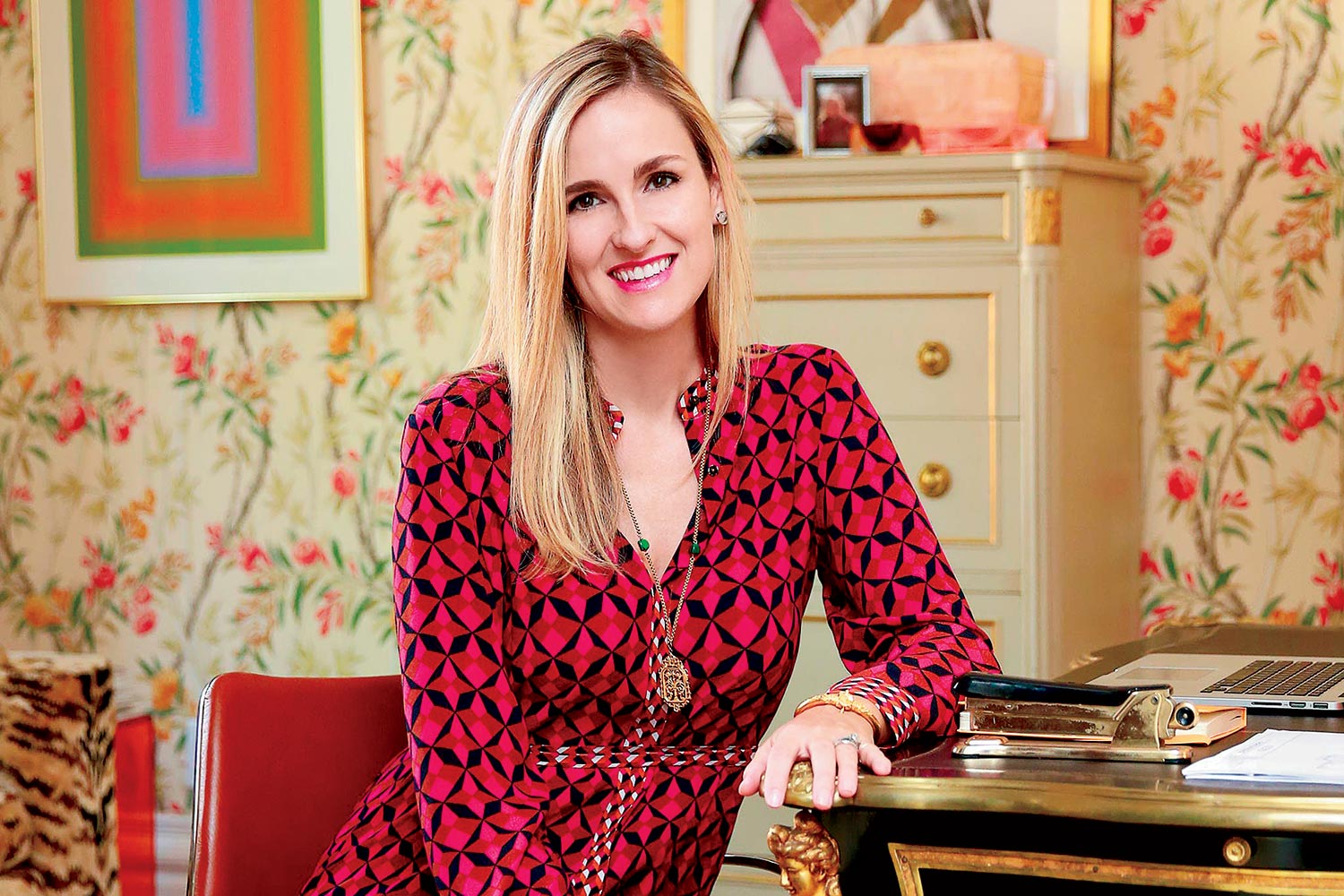
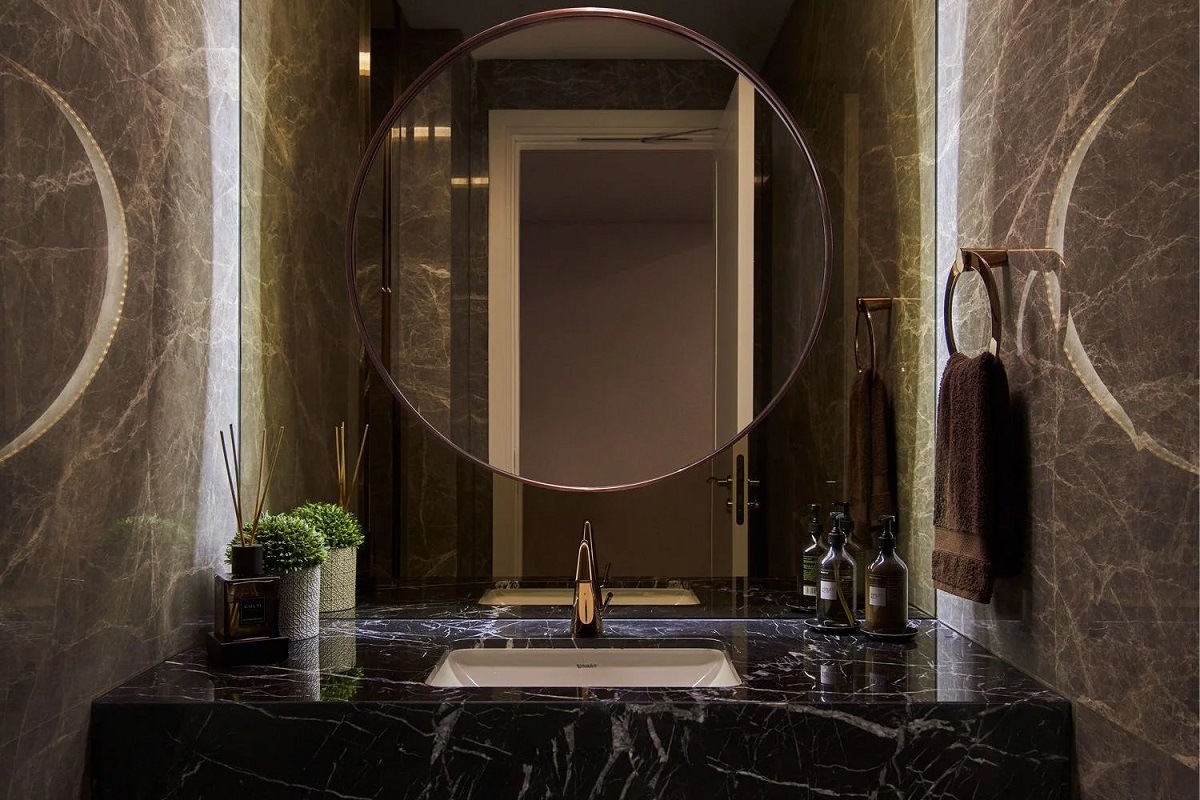
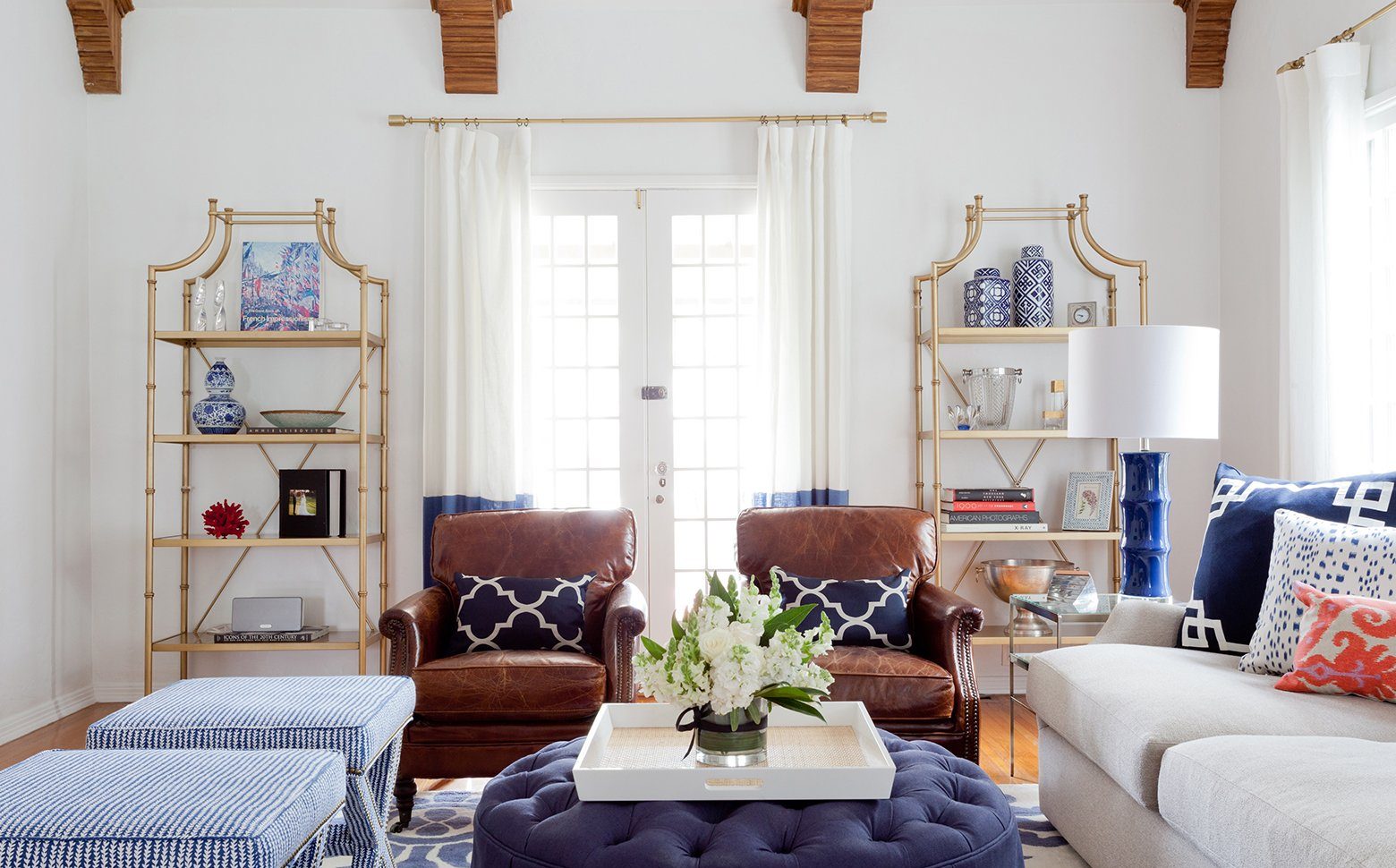
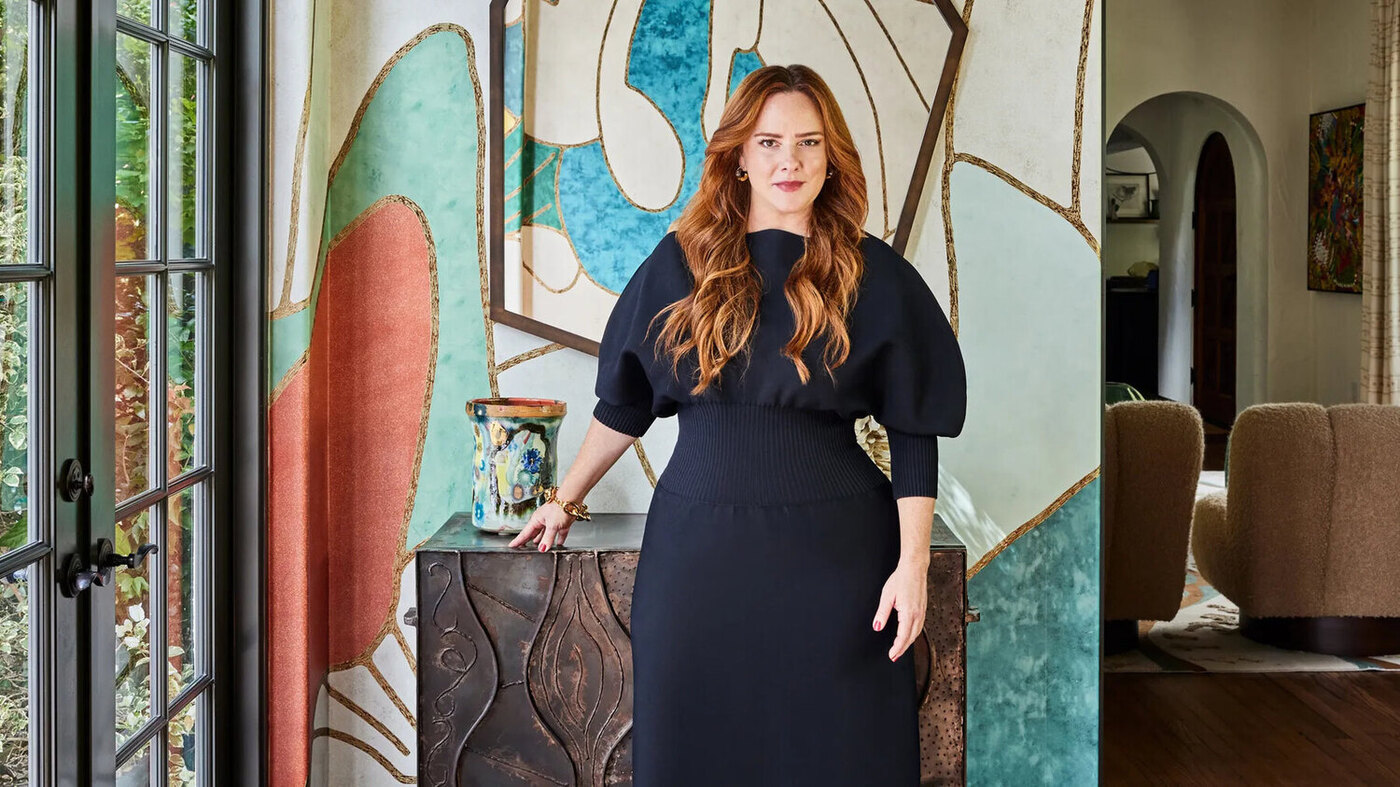



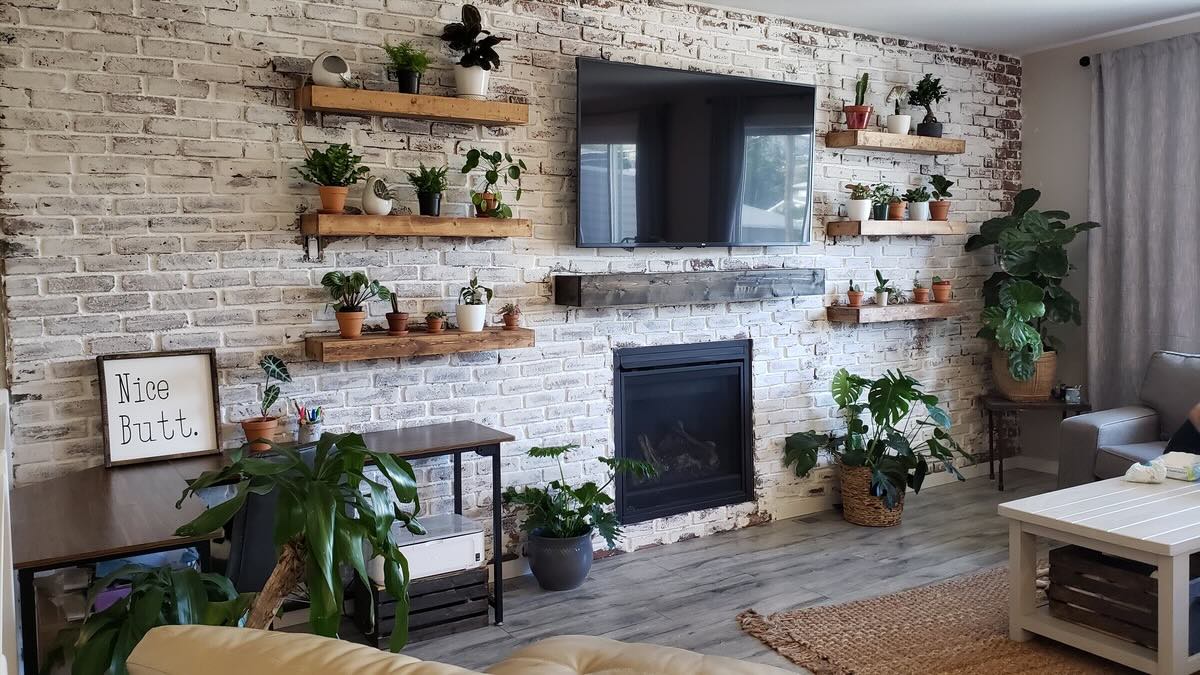
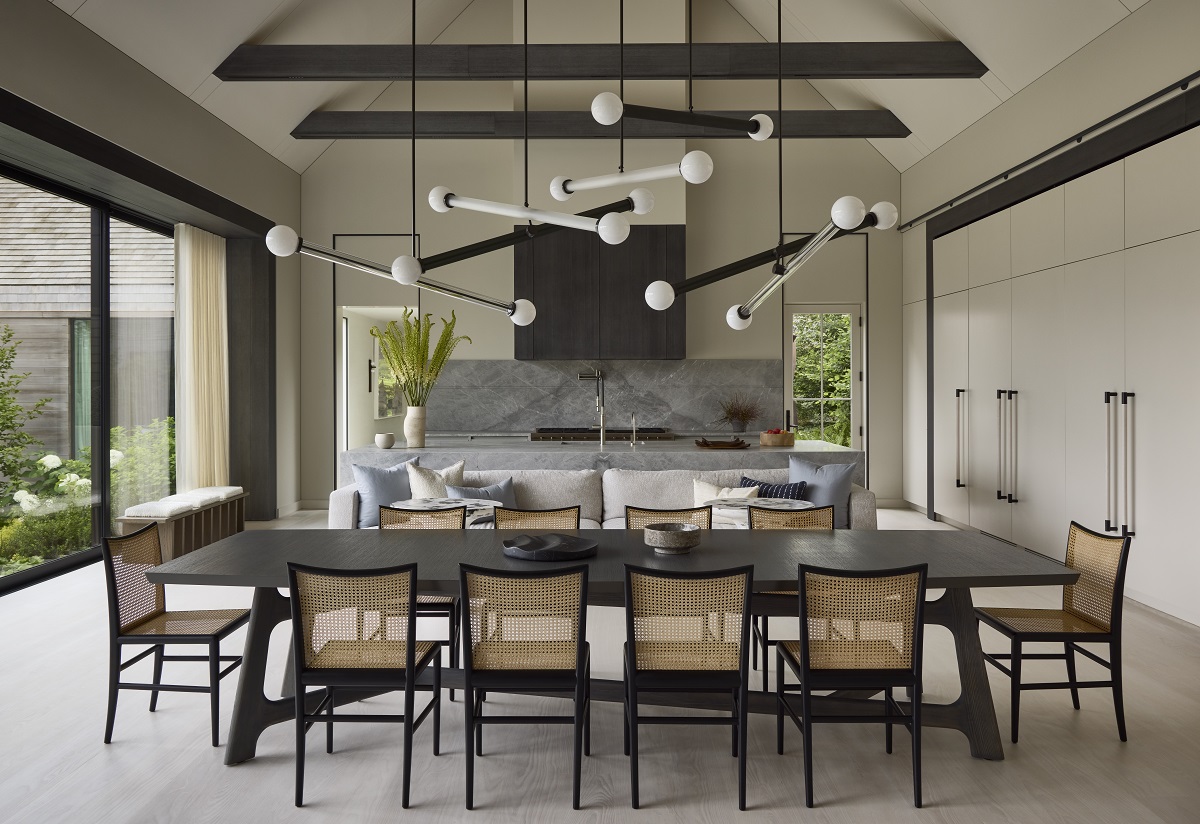
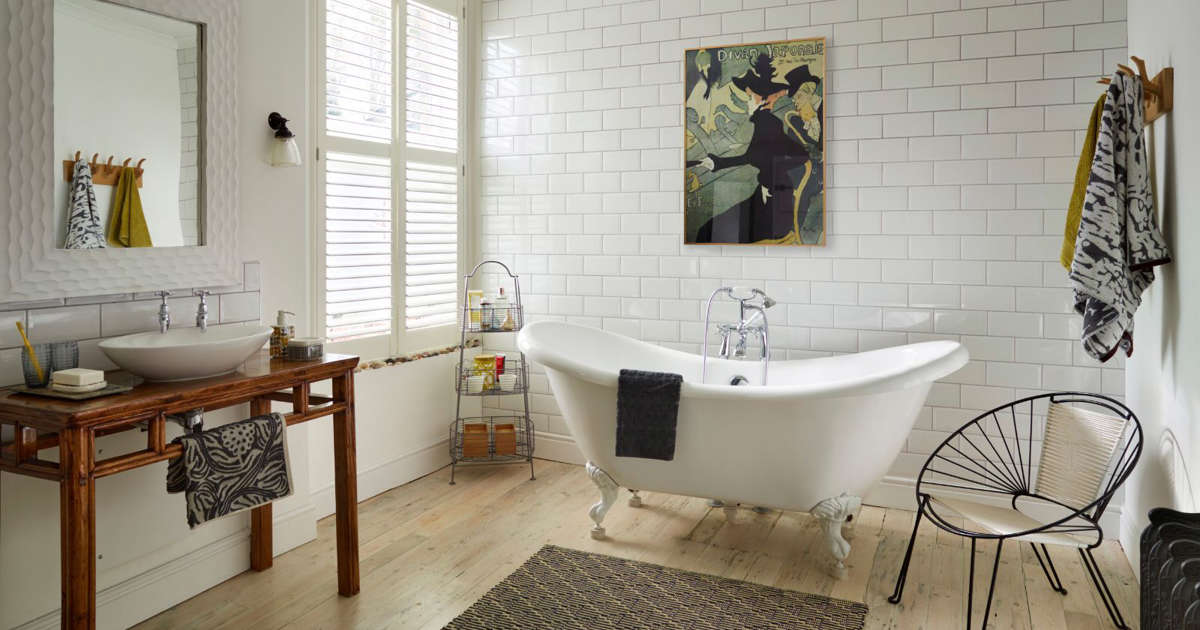
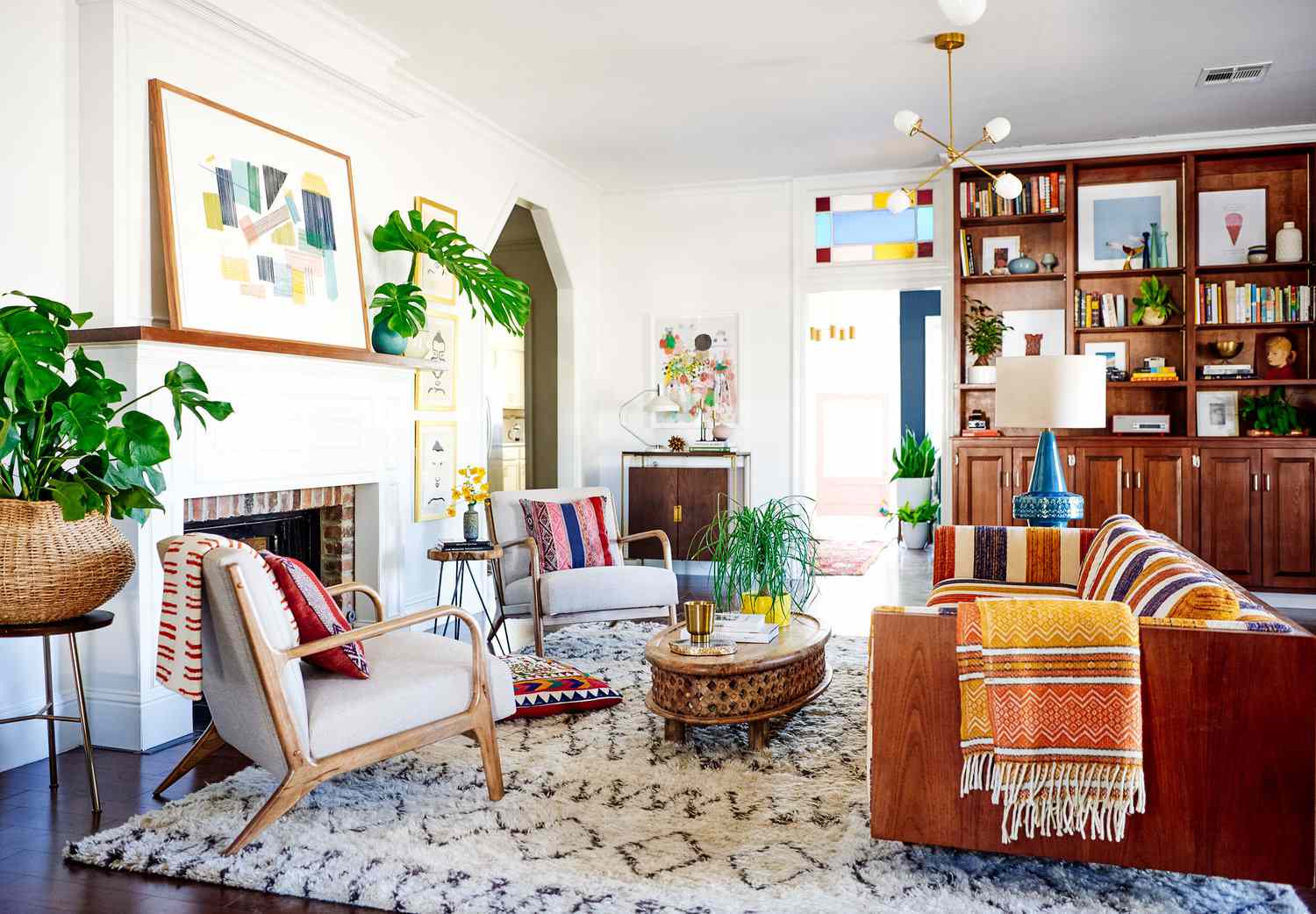
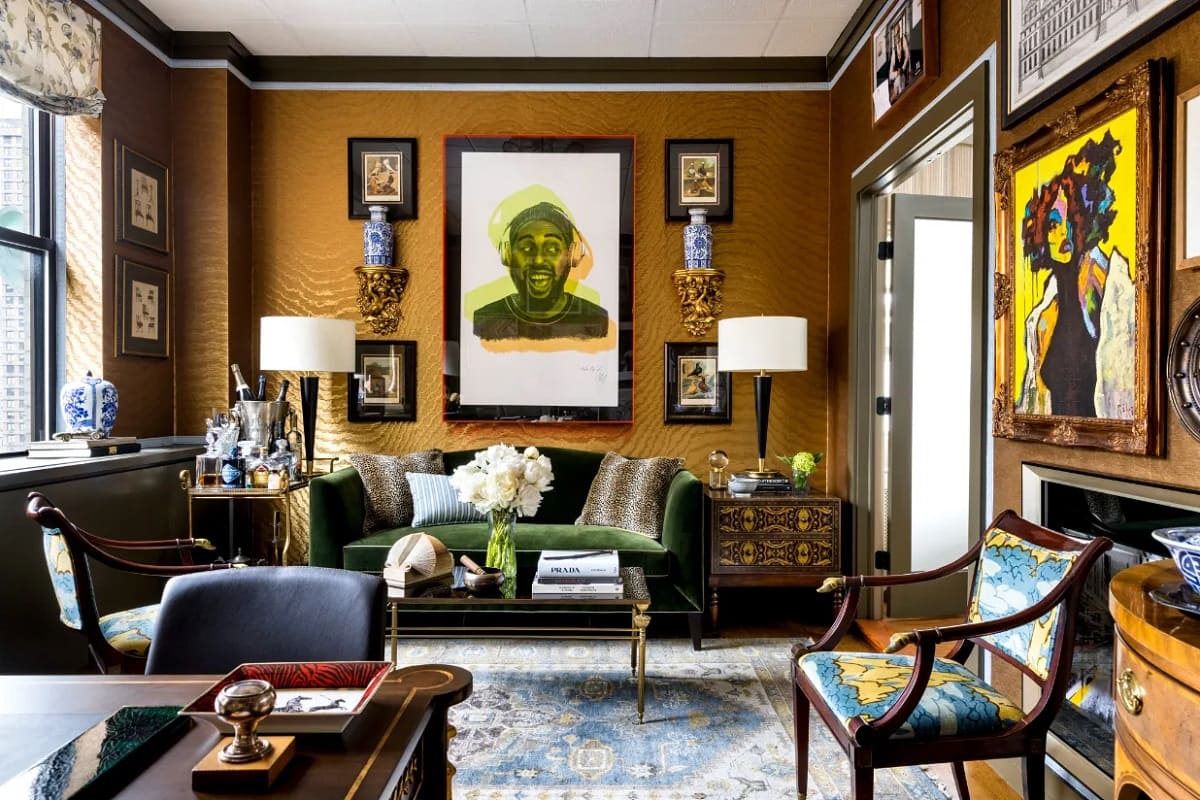

0 thoughts on “How To Create Emphasis In Interior Design: 6 Tips To Learn”